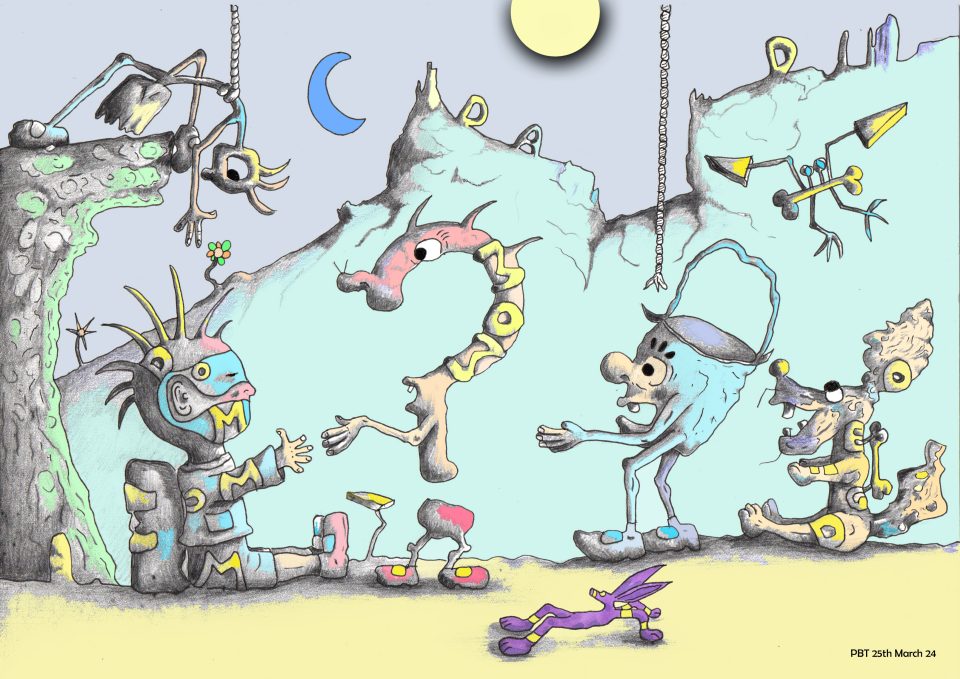After it was revealed in July that the Home Office was using children to spy on behalf of the government, and had pushed for legislation to extend the amount of time child spies could work without review, a prominent Human Rights Committee has now requested detailed information about the scheme.
The legislation, which came into force on 20th July, increases the amount of time children can work as spies without review from one, to four months. The proposed legislation raised eyebrows in the House of Lords, which led to a report by the Secondary Legislation Scrutiny Committee. The dossier set down Committee members’ concerns about the extension and how it might affect the wellbeing of children involved in the scheme.
The news that the government was using children as spies was met with anger online. Several Child welfare organisations and MPs were left disgusted by the practice, with some calling the government’s scheme a form of child abuse, and others suggesting that it was tantamount to recruiting child soldiers.
Chair of The Joint Committee on Human Rights, Harriet Harman MP, has now written to Ben Wallace MP, Minister for Security and Economic Crime, asking him to explain how the new regime complies with Article 3 of the UN Convention of the Rights of the Child (UNCRC). Article 3 demands that the best interests of the child are the primary consideration in situations which include children working with adults in a position of power.
Harman has also asked for information about the number of children used, data on gaps in the level of care across public authorities using child spies, and reasons behind the decision to increase the time period, specifically:
- Details on how the regime adheres to Article 3 of the UN Convention of the Rights of the Child (UNCRC) – that the best interests of the child are a primary consideration. MPs and Peers are pressing for more information on what assessments are made in considering both the risks to and the welfare of the children, and what support and advice they are given before, during and after the process.
- The number of public authorities that have used juvenile CHIS since the legislation was introduced and whether there is a consistent approach across these authorities with regards to assessment, safeguarding and consultation with the child.
- The number of juvenile CHIS used since the legislation was introduced, disaggregated by age range of child (under 16, and 16 and over), type of crime, and year.
- Further details on the rationale behind changes to the duration of assignments for children engaging as CHIS.
We will let you know once the Home Office produces its response.



Reblogged this on | truthaholics and commented:
Thank you RR for exposing another very disturbing development.
What about the parents who produced these children, their family, human rights and the LIMITS of state intervention in established family life?
Can someone please tell Big Brother that the parallel universe nanny state’s (and their ENABLERS) inhabit are INCOMPATIBLE with democracy and (proper) rule of law.
LikeLike
its so beyond belief you would swear this was the content of a Ian Flemming Spy novel.
LikeLike
Reblogged this on World4Justice : NOW! Lobby Forum..
LikeLike
This is an obscene development that wreaks of totalitarianism of the worst kind. It is horrific and needs to be eradicated immediately. There is no excuse for this disgusting development.I cannot believe that this would be considered legal in any democratic society. Britain has descended to an unprecedented low and I am ashamed of my own country and its government. .
LikeLiked by 1 person
Pingback: Human Rights Committee Asks Government For Details About Its Child Spies « Musings of a Penpusher